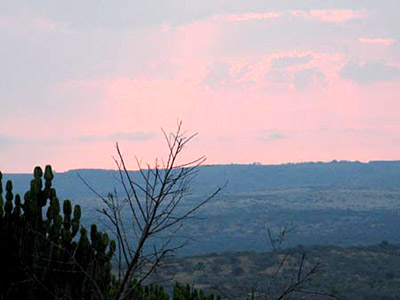 Mawana is a small city situated in Meerut district of the northern state of India, Uttar Pradesh. Mawana is also known as Mawana Kalan and it is the headquarters of the Northeastern taluk of the district. The name is derived from `Muhana`, which means gateway. It is believed that Mawana was one of the gates of the ancient city of Hastinapur, which is mentioned in the Indian epic of Mahabharata. Geographically, the town is located between 29.1° North latitude and 77.92° East longitude at a height of 221 metres (725 feet) above mean sea level. The nearest railway stattion is the Meerut railway station.
Mawana is a small city situated in Meerut district of the northern state of India, Uttar Pradesh. Mawana is also known as Mawana Kalan and it is the headquarters of the Northeastern taluk of the district. The name is derived from `Muhana`, which means gateway. It is believed that Mawana was one of the gates of the ancient city of Hastinapur, which is mentioned in the Indian epic of Mahabharata. Geographically, the town is located between 29.1° North latitude and 77.92° East longitude at a height of 221 metres (725 feet) above mean sea level. The nearest railway stattion is the Meerut railway station.
The Indian Census report published in 2001 states that Mawana had a population of 69,199. Out of it, males` account for 53% of the population and females comprises of the remaining 47%. In Mawana, 17% of the population is less than six years of age. The census report also throws light on the literacy rate of the town, which is 53% much lower than the national average literacy rate, which is 59.5%. To be specific, the male literacy rate is 61% and the female literacy rate is 44%.
This town is famous for the cultivation of sugarcane. It is a major sugar-producing center and houses India`s third biggest sugar factory. Mawana is also renowned for its handloom industry. The major landmarks of Mawana are an ancient Shiva temple, Gurdwara, and Ashok Tower.



















